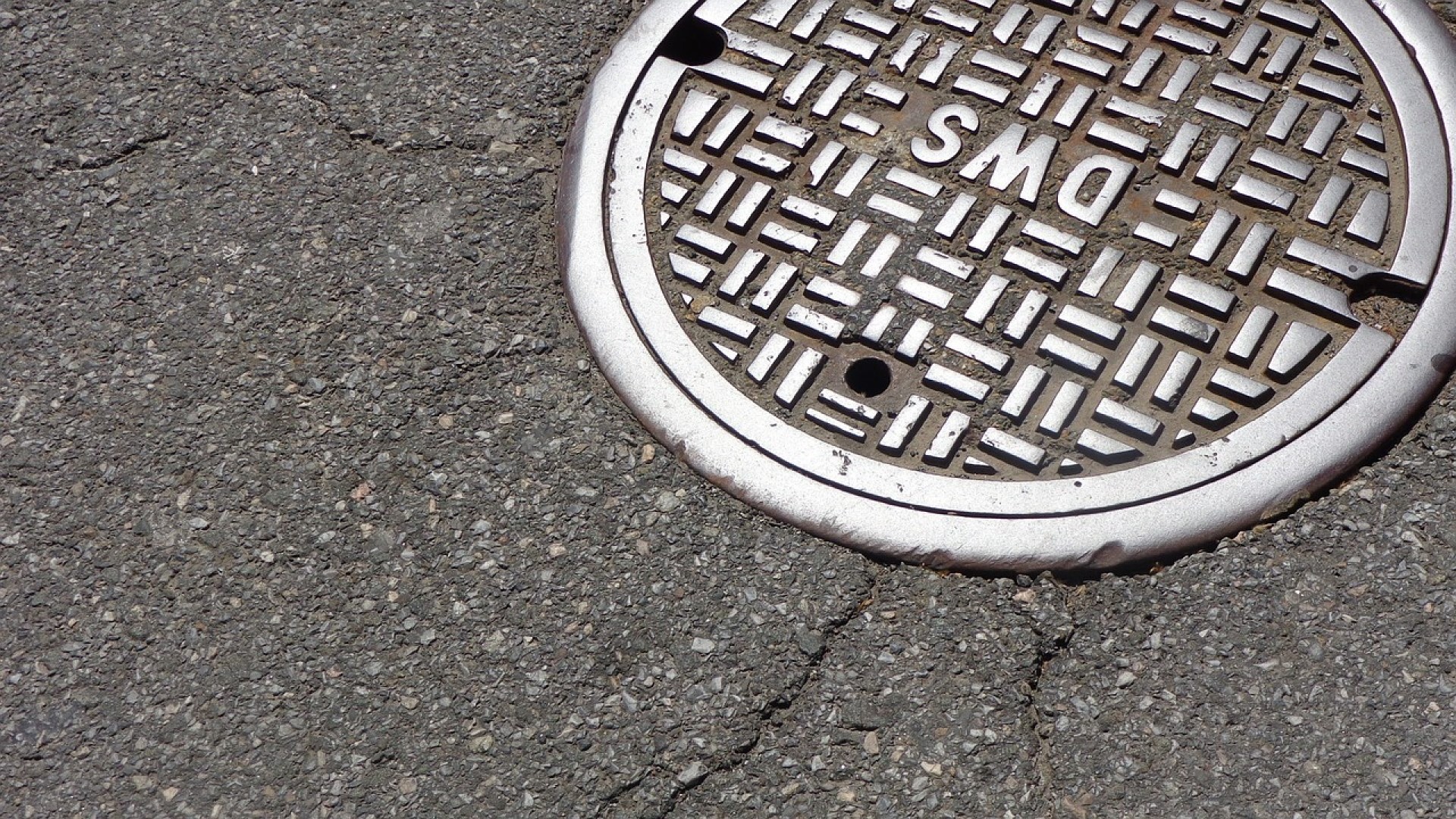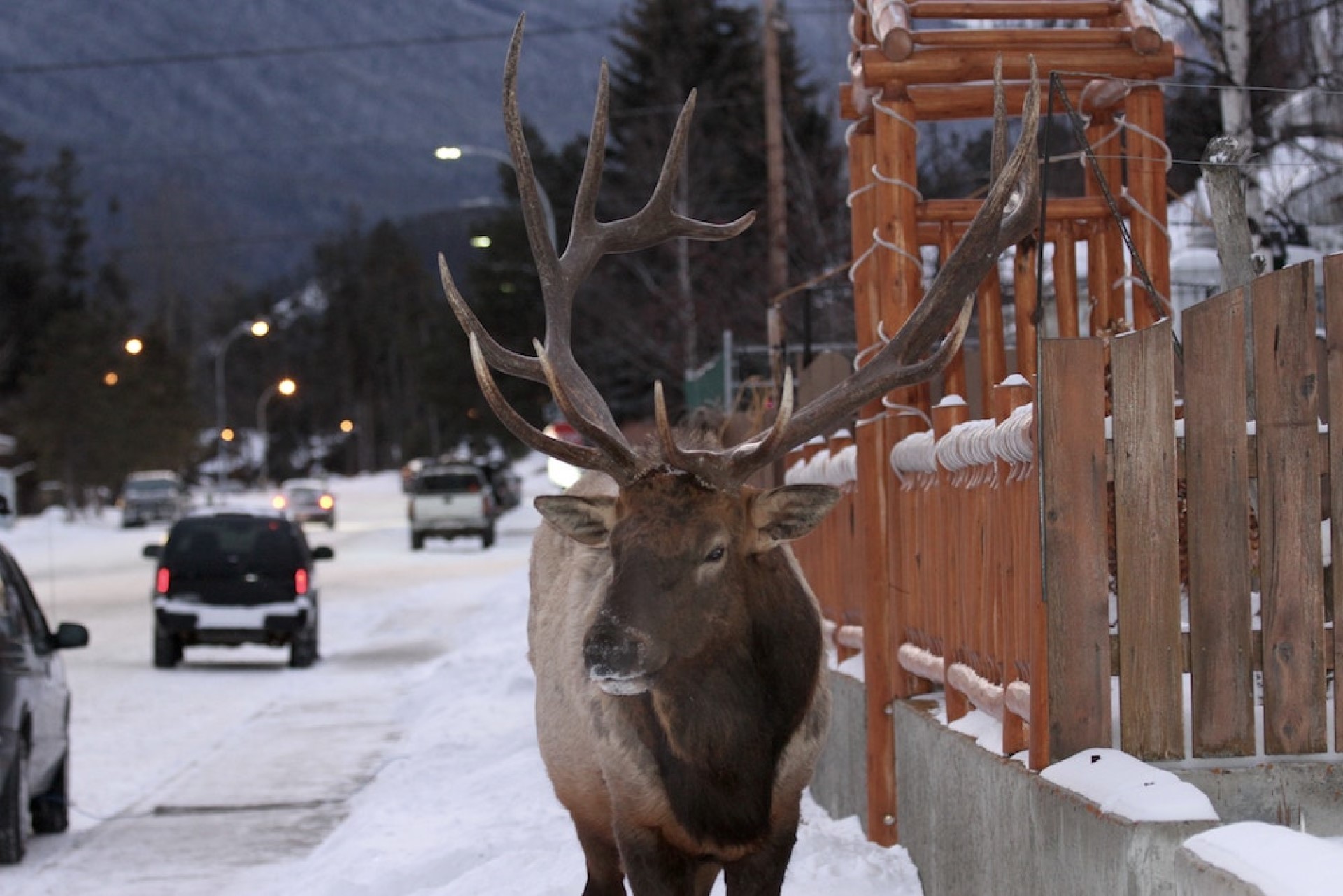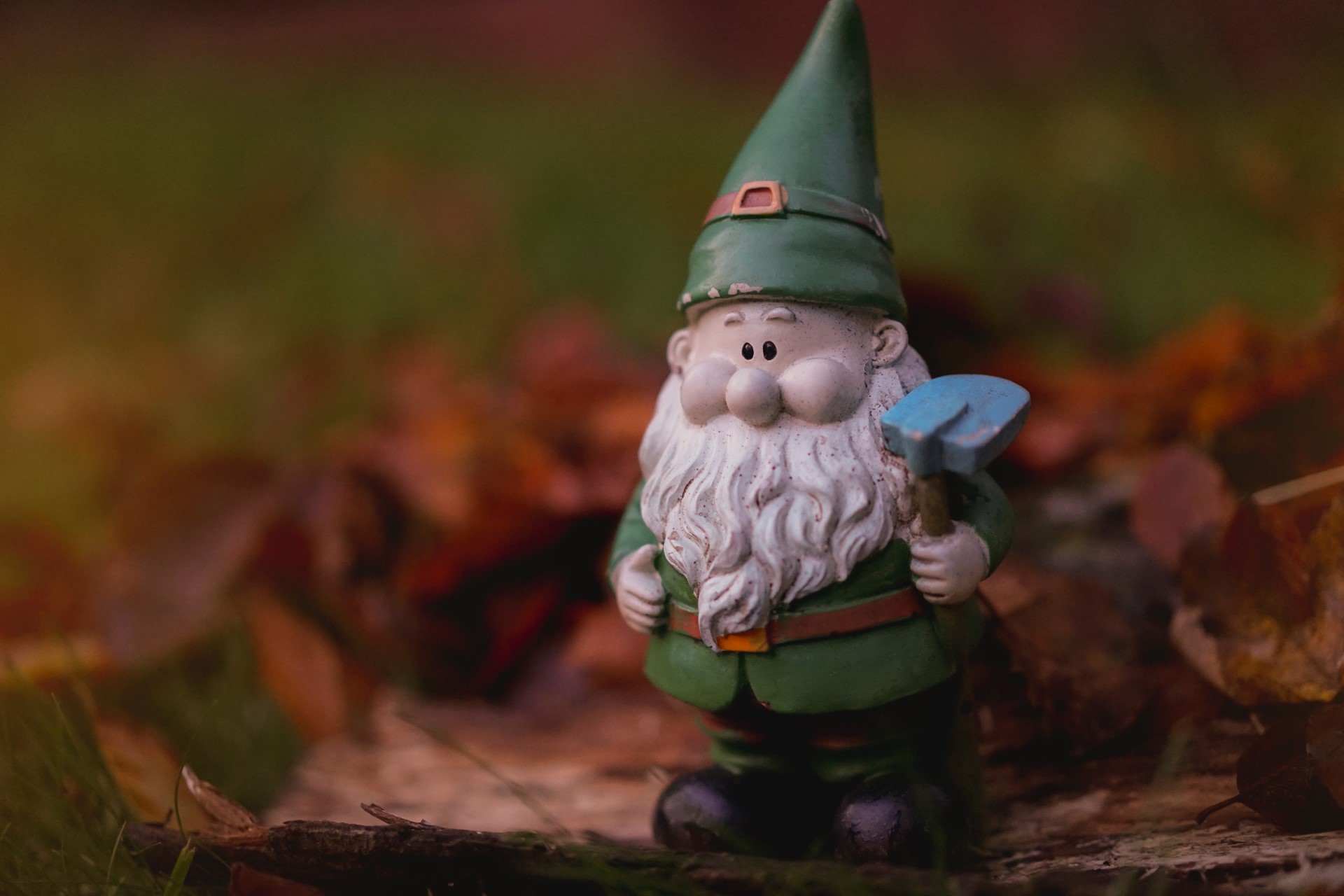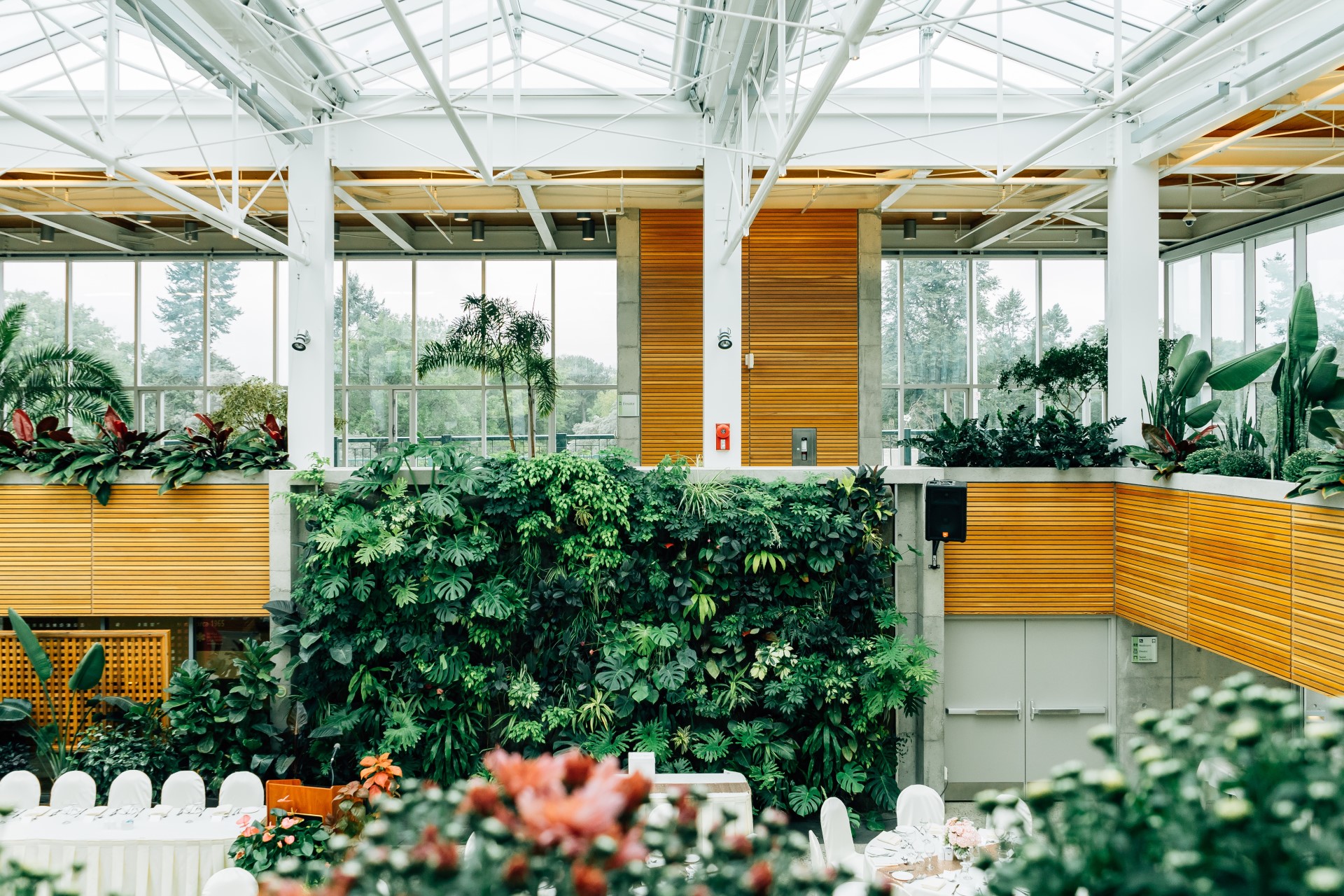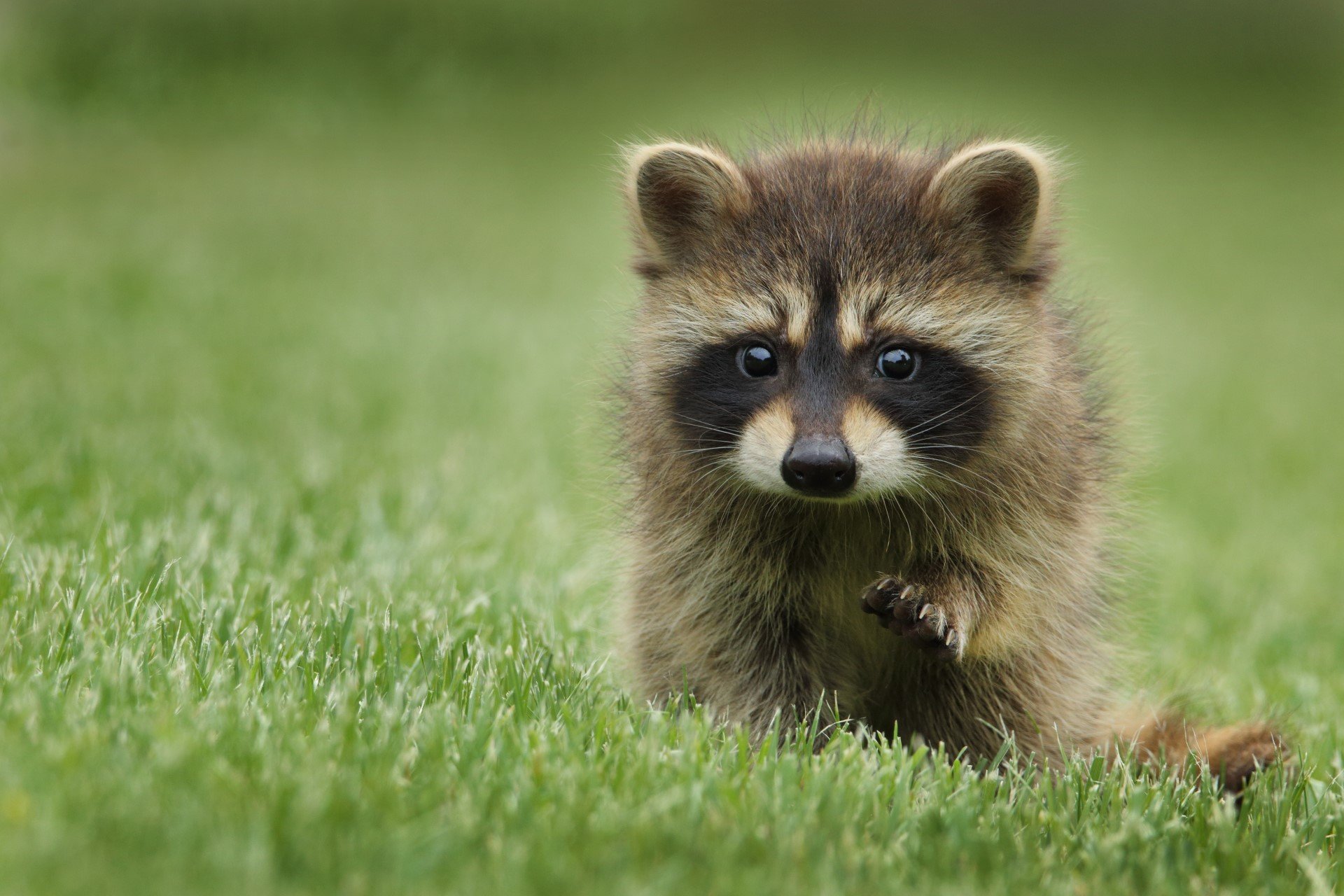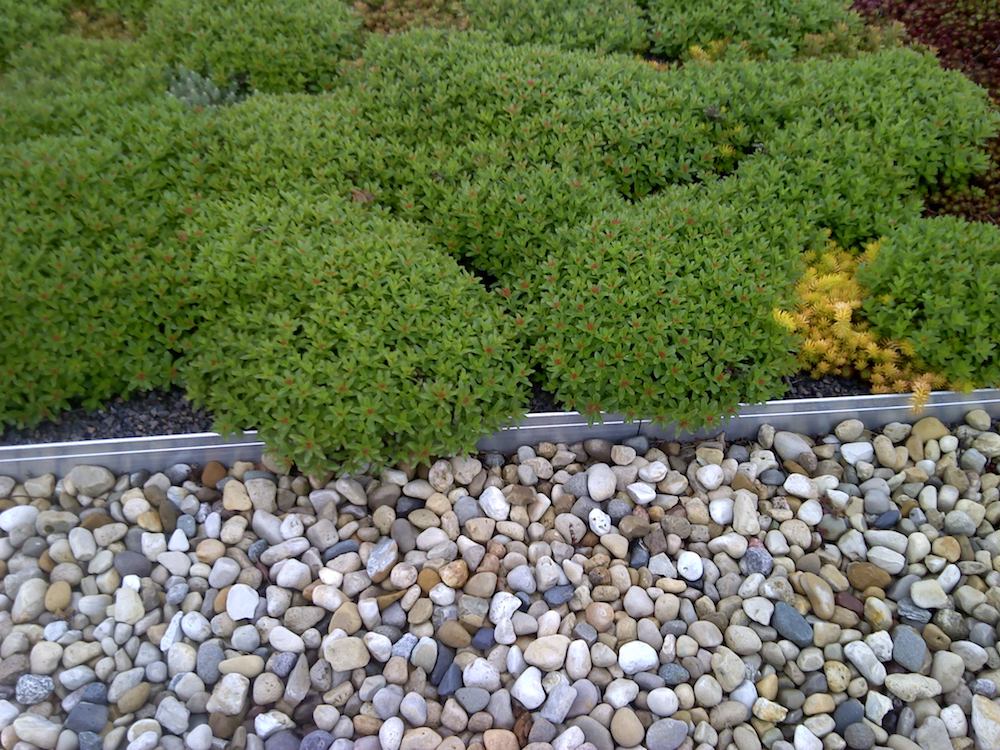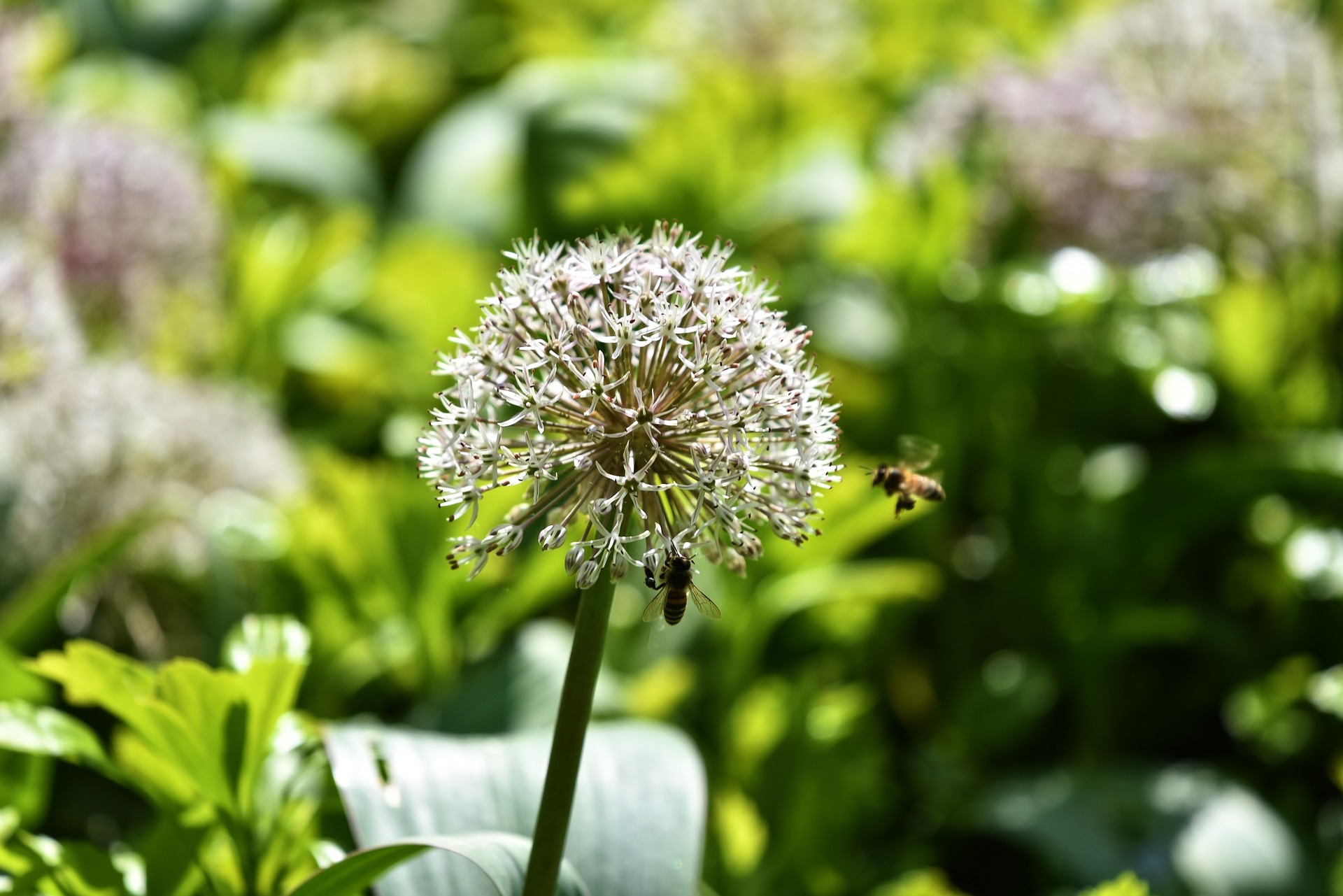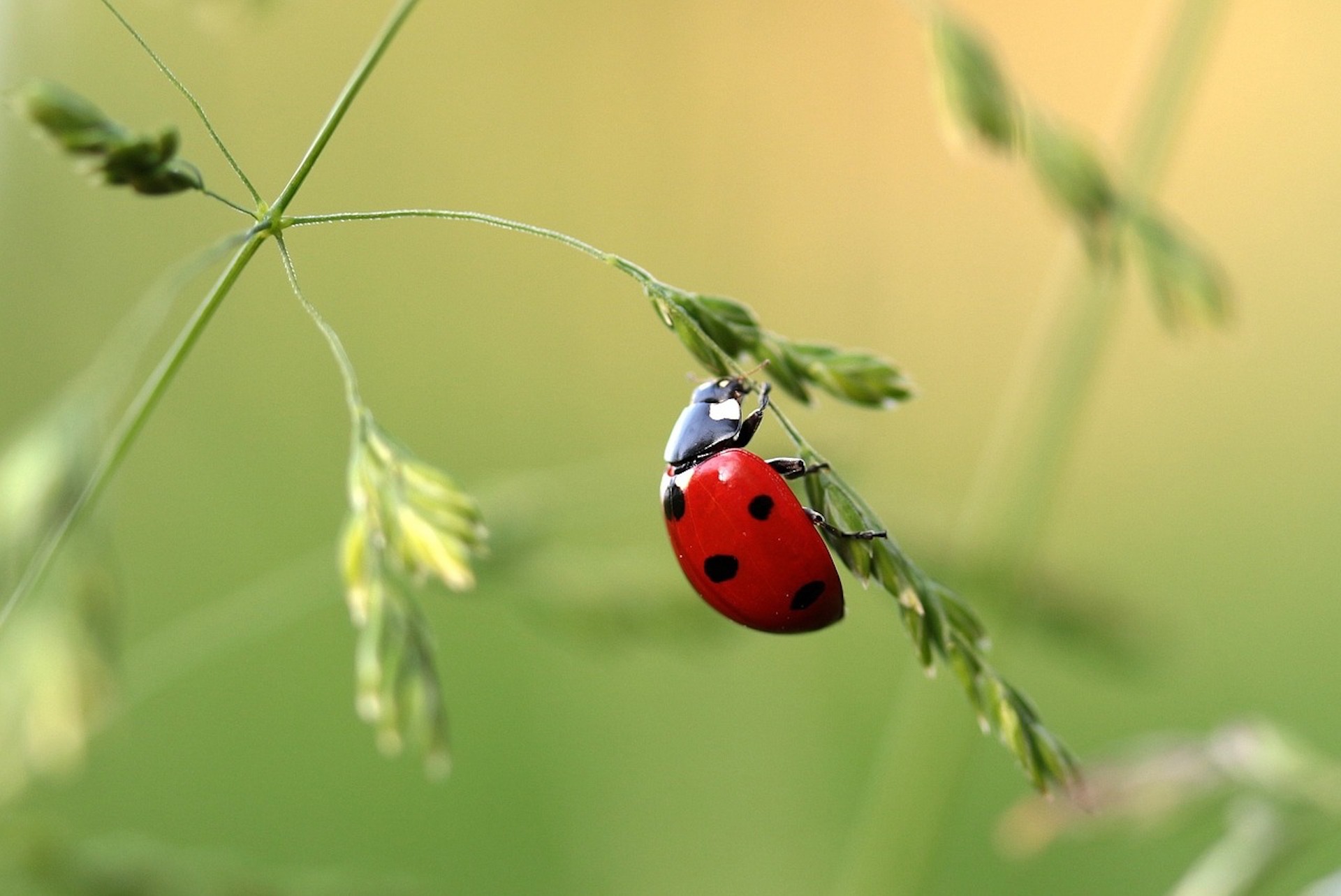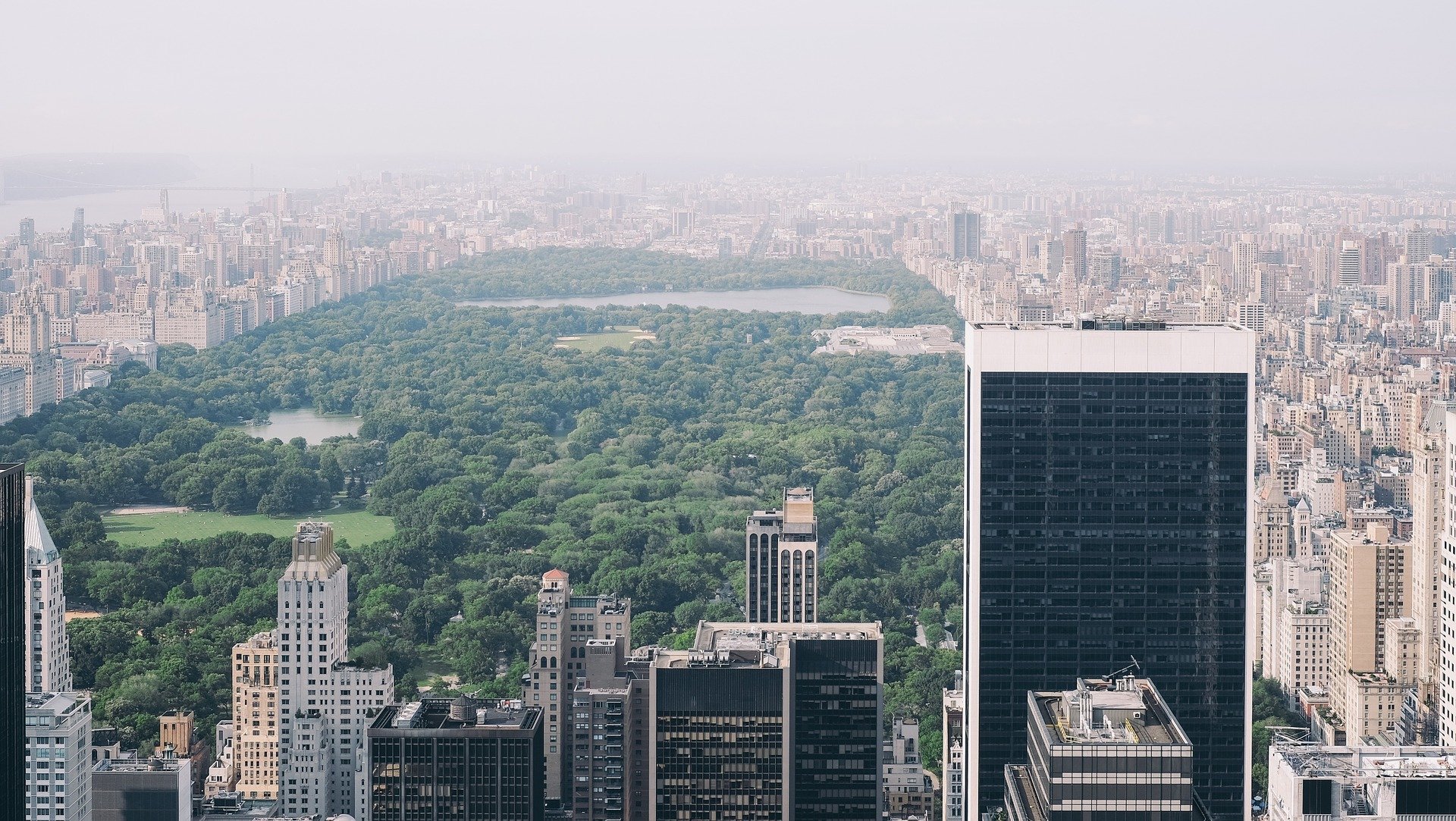Combined sewer overflow events plague many cities that rely on old infrastructure to manage both sanitation and surface runoff. It’s time we made a change.
If you’re like most, avoiding the contents of a toilet is pretty high on your list.
It might disgust you, therefore, to discover that the sewers in many large cities regularly back up and flow into the streets.
While this fact is certainly ripe for some bathroom humor, it’s actually a very serious problem. When heavy rains lead to an abundance of stormwater, some sewers can’t keep up. Current city planning incorporates stormwater management practices to prevent this from happening, but our older urban spaces have yet to hop on board.
it’s time we change that.

